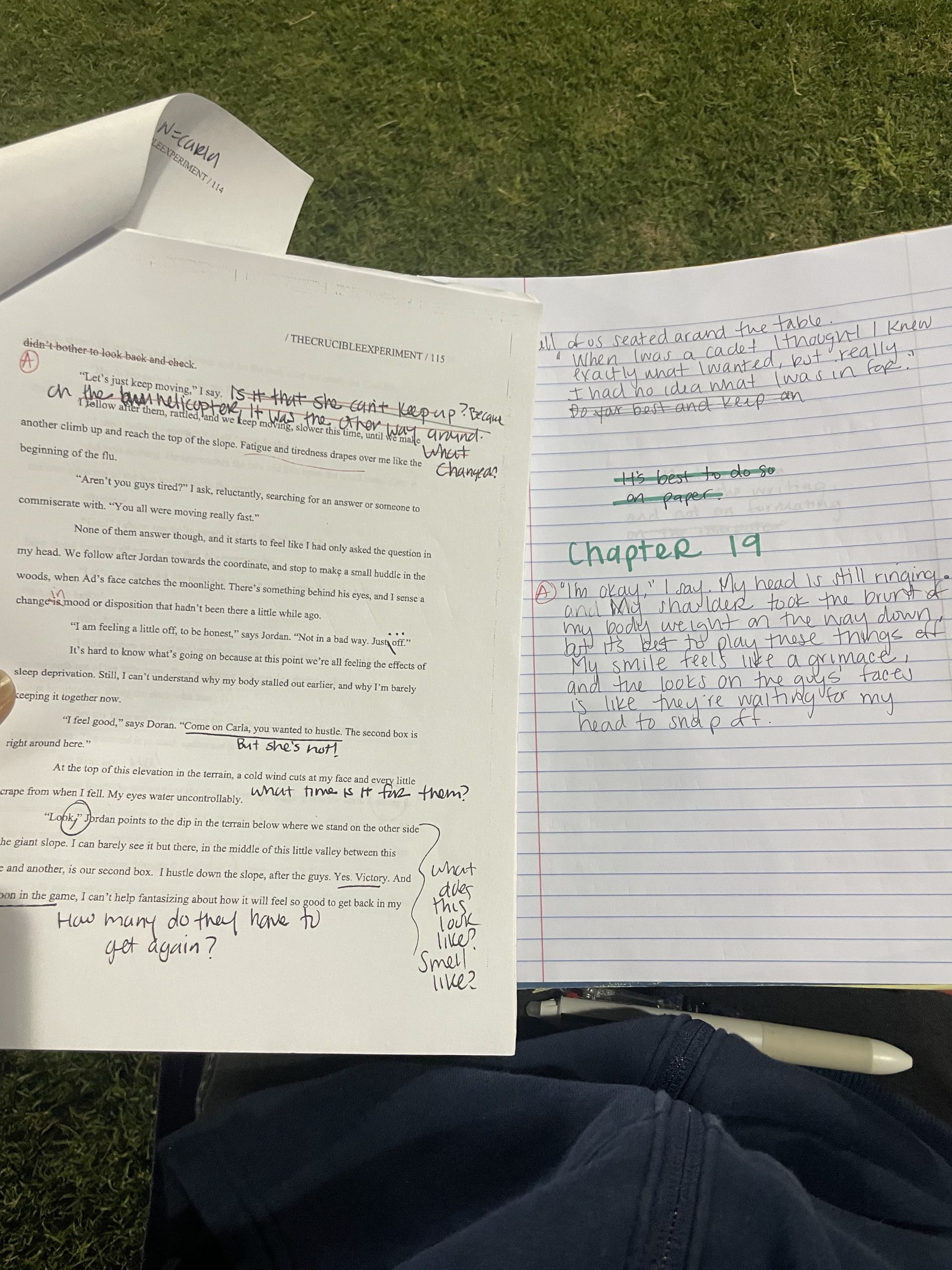3 Simple Tips for a Novel-Rewrite
Here I will share with you my process for rewriting a novel, and it involves a quality notebook and set of good pens. I had every intention of finishing my rewrites before my kids left on spring break. As it happens March is too busy for me and life has taken hold. But, even though I’m averaging one chapter per school day, I am pressing along and it will get done!
The good news is that my method for rewriting is working and moving at a steady, albeit slow, pace. Here I will share with my process for rewriting a novel. I hope these can work for you, too.
1. Split-up your rewriting tasks will simplify each process
One thing that initially overwhelmed me when I faced rewriting was how to manage all the different issues in my manuscript. I had to deal with pacing issues, character inconsistencies, and word choice and formatting, just to name a few. One way to handle these things is to treat them individually and in isolation of one another. For my character inconsistencies I went back to my character sketches and reworked them. For pacing issues I printed off my manuscript and looked at chapter stacks where I’d spent too much time on a particular plot point. This brings me to my next point.
2. Work in hard copy, not on the computer.
Printing off a hard copy of your entire manuscript is a big step in the right direction. It will get you out of the mindset of editing and will put you in your reader’s shoes. You’ll start to notice problems with your story that would otherwise be hard to spot, plus you can manipulate the pages/chapters/ etc. in a way that is more freeing than on the computer.

3. Handwrite your rewrites in analog form.
Writing by hand can unlock your creativity, especially when you’re stuck. Take a blank spiral notebook of your choice and your hard copy manuscript, and when you need to rewrite an entire sentence or dialogue sequence, you cross out the original and write the new prose in your notebook, labeling where on the manuscript your “insert” will go. I think the main reason this works is that you can separate formatting issues or what to do with deleted text. Not having to make these decisions as you work through your manuscript helps keep you moving without the indecision of cutting something that might be useful later, or getting sidetracked with formatting.
I hope something here helps you along in your rewrite. Sometimes it’s just one idea that can help oil the gears and put your writing back in motion.

